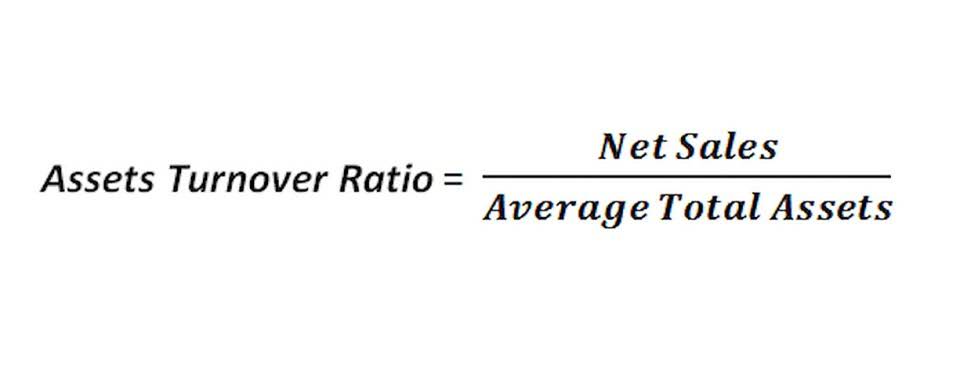
The statement heading spells out the essential details anyone reading will need to know to interpret information correctly. Title your document “Retained Earnings Statement” and include the company name and accounting period. To better understand how to find retained earnings, let’s consider two examples. In one case, the company reports a positive net income, while in the other it experiences a loss. Sandra Habiger is a Chartered Professional Accountant with a Bachelor’s Degree in Business Administration from the University of Washington. Sandra’s areas of focus include advising real estate agents, brokers, and investors.
Real Company Example: Coca-Cola Retained Earnings Calculation
Also, keep in mind that the equation you use to get shareholders’ equity is the same you use to get your working Bookkeeping for Painters capital. It’s a measure of the resources your small business has at its disposal to fund day-to-day operations. Retained are part of your total assets, though—so you’ll include them alongside your other liabilities if you use the equation above.
Example of Calculating Retained Earnings on A Balance Sheet
So, how to solve for retained earnings the second step is to review the company’s income statement for either income or losses. Equity refers to the total amount of a company’s net assets held in the hands of its owners, founders, partners, and shareholders (residual ownership interest). Retained earnings refer to the total net income or loss the company has accumulated over its lifetime (after dividend payouts are subtracted). Lower retained earnings can indicate that a company is more mature, and has limited opportunities for further growth, but this isn’t necessarily a negative.

How to Calculate the Effect of a Stock Dividend on Retained Earnings?
Shareholders equity—also stockholders’ equity—is important if you are selling your business, or planning to bring on new investors. In that case, they’ll look at your stockholders’ equity in order to measure your company’s worth. We’ll pair you with a bookkeeper to calculate your retained earnings for you so you’ll always be able to see where you’re What is bookkeeping at. Bench simplifies your small business accounting by combining intuitive software that automates the busywork with real, professional human support.
Management knows that shareholders prefer receiving dividends, but they may not distribute dividends to stockholders. If they are confident that this surplus income can be reinvested in the business, then it can create more value for the stockholders by generating higher returns. Your company’s equity investors, who are long term investors, will seek periodic payments in the form of dividends as a return on the money invested by them in your company. Patriot’s small business accounting software can help you accurately track income, expenses, and retained earnings. But generally, financial professionals recommend keeping the figure close to or the same as your company’s total assets.

What is a Balance Sheet?
- If a potential investor is looking at your books, they’re most likely interested in your retained earnings.
- In between the opening and closing balances, the current period net income/loss is added and any dividends are deducted.
- Let’s walk through an example of calculating Coca-Cola’s real 2022 retained earnings balance by using the figures in their actual financial statements.
- However, they are calculated by adding the current year’s net profit/loss (as appearing in the current year’s income statement) and subtracting cash and stock dividends from the beginning period retained earnings balance.
- The retained earnings on that date form the foundation of your calculation.
The money that’s left after you’ve paid your shareholders is held onto (or “retained”) by the business. Retained earnings are a clearer indicator of financial health than a company’s profits because you can have a positive net income but once dividends are paid out, you have a negative cash flow. In simple terms, retained earnings represent the profits that have been reinvested in the company instead of being paid out, and they are listed on the balance sheet under shareholders’ equity. Though cash dividends are the most common payout, remember that stock dividends are another option. Unlike cash payments, stock dividends don’t immediately impact a company’s bottom line. Retained earnings represent the cumulative total of a company’s undistributed profits, reinvested back into the business for future growth and financial stability.

- Use retained earnings to show that your company has good cash flow and can afford to pay lenders back.
- If your business is seasonal, like lawn care or snow removal, your retained earnings may fluctuate substantially from one quarter to the next.
- The discretionary decision by management to not distribute payments to shareholders can signal the need for capital reinvestment(s) to sustain existing growth or to fund expansion plans on the horizon.
- Theoretically, all the income a business generated in the defined period could be retained earnings if the company decided not to reinvest or pay dividends.
- Normally, these funds are used for working capital and fixed asset purchases (capital expenditures) or allotted for paying off debt obligations.
Retained earnings represent a useful link between the income statement and the balance sheet, as they are recorded under shareholders’ equity, which connects the two statements. The purpose of retaining these earnings can be varied and includes buying new equipment and machines, spending on research and development, or other activities that could potentially generate growth for the company. This reinvestment into the company aims to achieve even more earnings in the future.

Income statement sample
Retained earnings being low indicates that much of the company’s profits are paid out to shareholders in dividends. For newer companies looking to expand, it’s common to see higher retained earnings, since they will focus on reinvesting profit into the business. Now, if you paid out dividends, subtract them and total the ending balance. This is the new balance in the retained earnings account and it will be displayed on the balance sheet as of the last day of the current accounting period. Beyond this, retained earnings are also a useful figure for linking the income statement and balance sheet.
Step-by-Step Calculation Process
You’ll find your business’s net income (or net loss) on the company’s most recent income statement. Note that, while in Step 2 you referred to last year’s balance sheet, for this portion of the exercise you’ll need the current year’s income statement. While you might need to refer to multiple financial documents, the process of calculating retained earnings is generally straightforward. Just be sure you have your company’s most recent balance sheet and income statement ready before you begin.
SHARE THIS RESOURCE
Owen Heineman
Owen Heineman is 15 years old and lives with his family in Arvada, CO.
